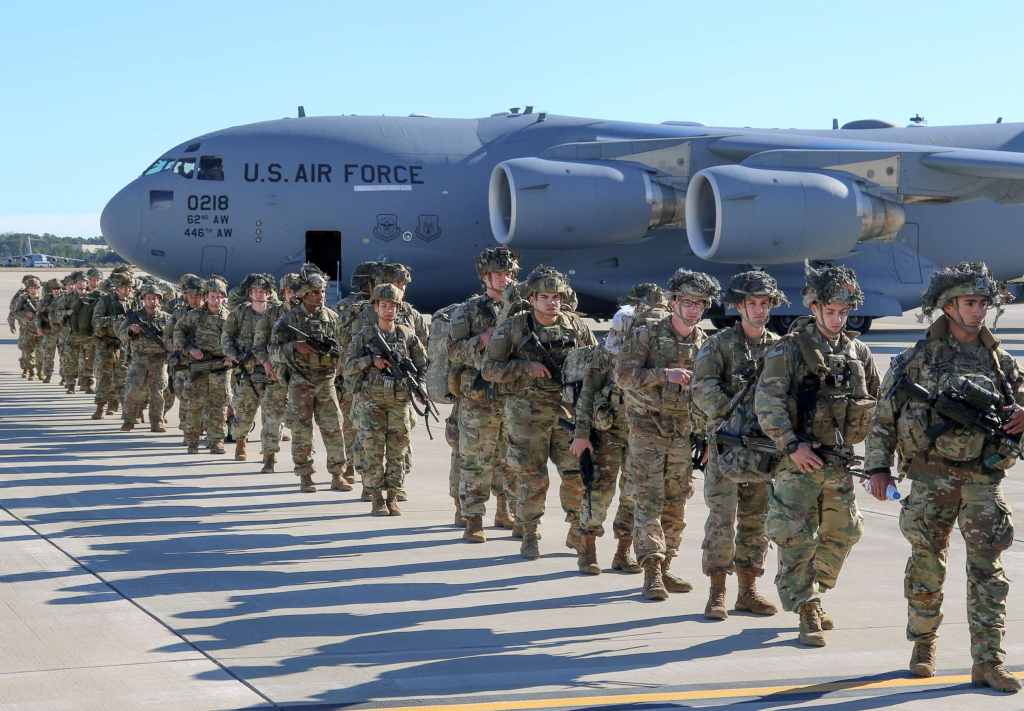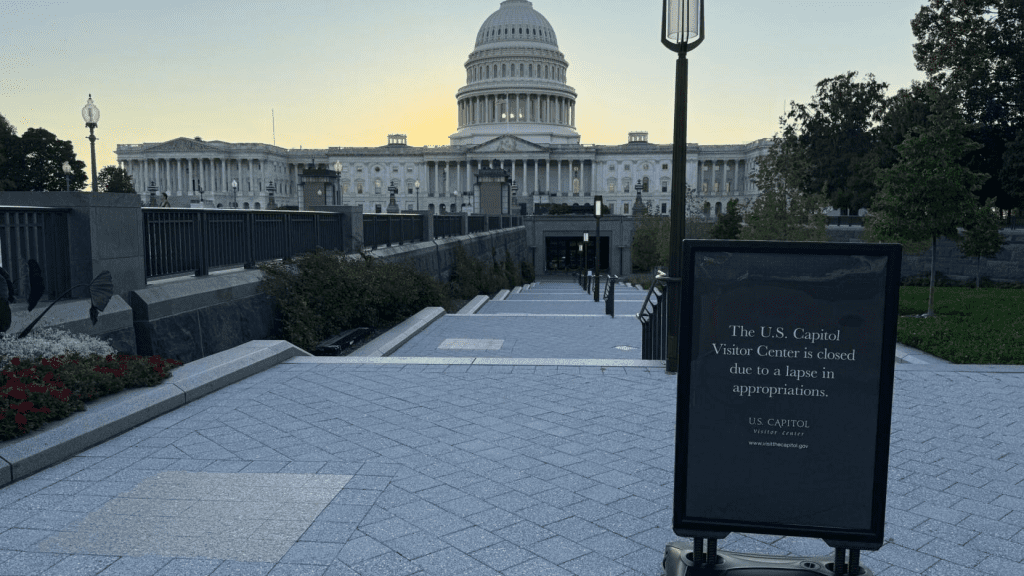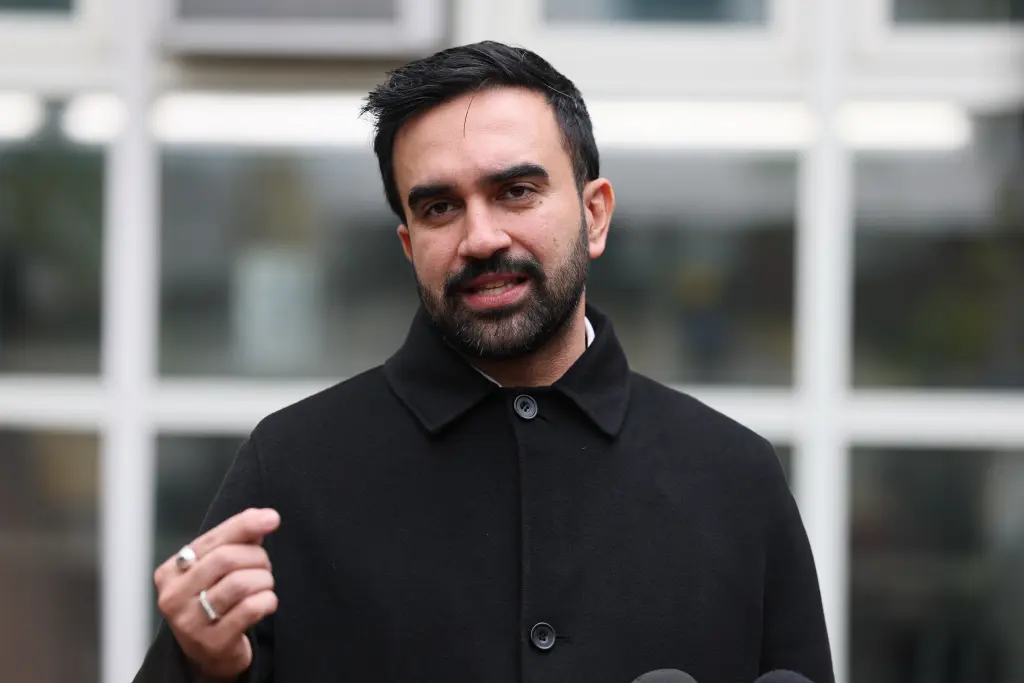White House Press Secretary Karoline Leavitt Confirms 1.3 Million Active-Duty Service Members Are Unpaid During Government Shutdown
At the White House press briefing this week, Press Secretary Karoline Leavitt delivered a sobering reminder of the toll the government shutdown is taking. With cameras rolling and reporters watching, she stated that 1.3 million active-duty service members across the Army, Navy, Air Force, Marine Corps, Coast Guard, and Space Force are currently working without pay. The number, staggering in scale, puts a human face on what otherwise might seem like just another round of political wrangling in Washington.

The shutdown began on October 1, 2025, after Congress failed to pass a funding bill, marking the first lapse of its kind under President Trump’s administration. Essential federal operations continue to function, but non-essential services have halted, and now America’s armed forces find themselves caught in the middle. Federal law requires active-duty personnel to keep serving even without a paycheck, but the promise of retroactive pay once the shutdown ends does little to ease the daily stress of going without income.
For service members and their families, the reality is stark. Bills, mortgages, and childcare costs don’t pause just because Congress couldn’t come to an agreement. Military families are left juggling financial obligations while their loved ones continue to serve in demanding and sometimes dangerous roles around the world. The frustration, as Leavitt emphasized, is not just about money but about fairness. Men and women in uniform are being asked to sacrifice twice: once for their country and again in their personal lives.

This is not the first time troops have faced such a situation. During the 2013 shutdown, more than a million service members worked without pay until funding was restored, sparking outrage across the country. That experience led many to call for changes in how military pay is protected during funding lapses, but those reforms never materialized. Today, history is repeating itself, with even more troops impacted.
The political backdrop is tense. Republicans and Democrats remain locked in a standoff, each blaming the other for the deadlock that led to the shutdown. Leavitt, speaking for the Trump administration, framed the issue as the result of Democratic obstructionism, arguing that their refusal to move forward on appropriations left troops in financial limbo. Democrats, for their part, insist that Republicans have tied funding to unrelated policy demands, making compromise impossible.

Regardless of where the blame falls, the reality is that America’s military is paying the price. Stories are already emerging of service members taking out emergency loans, spouses working extra shifts, and families dipping into savings to make ends meet. The stress is heavy, and it underlines how deeply connected political decisions in Washington are to the everyday lives of those who serve.
The promise of retroactive pay is a comfort in the long run, but it doesn’t solve immediate problems. For many military households, the question is not whether the money will eventually arrive, but how to keep the lights on until it does. For others, it’s about the principle: why should the country’s defenders ever be put in this position in the first place?
As the shutdown drags on, one thing is clear. The people most affected are not lawmakers or lobbyists but the men and women who wear the uniform. Their commitment is unwavering, even as their paychecks are frozen, and that reality weighs heavily on a nation that depends on them every single day.



